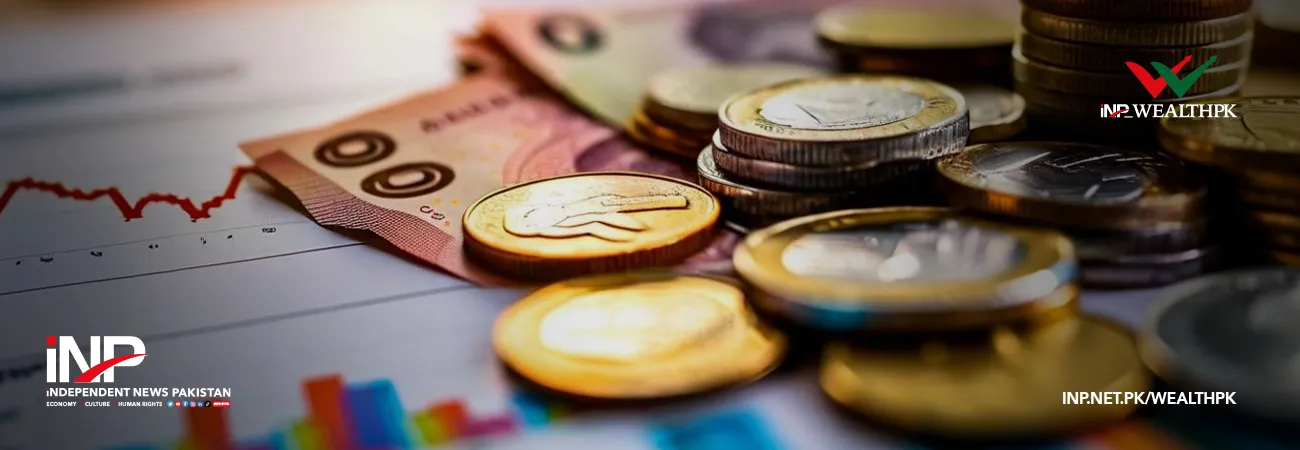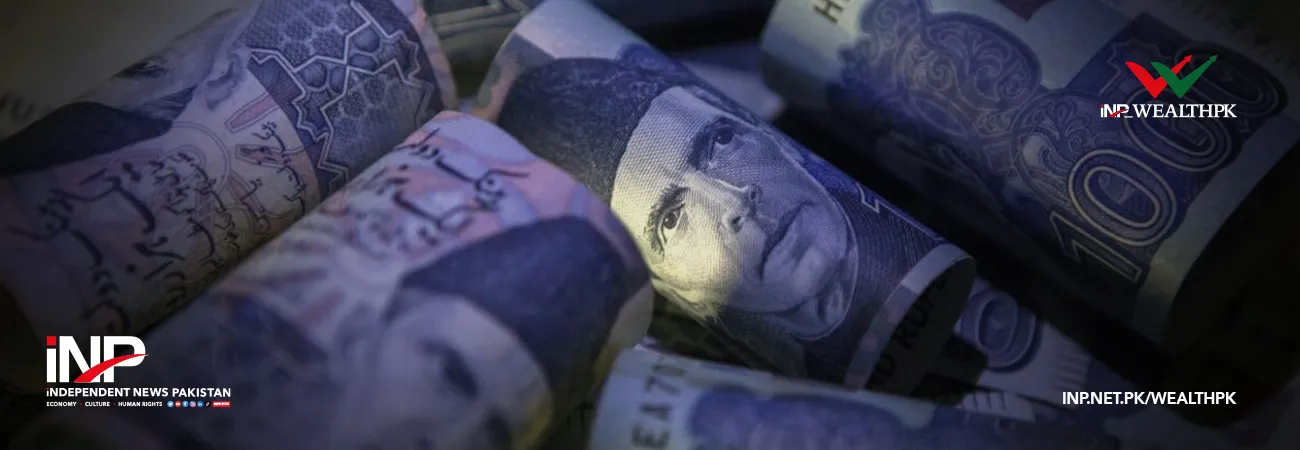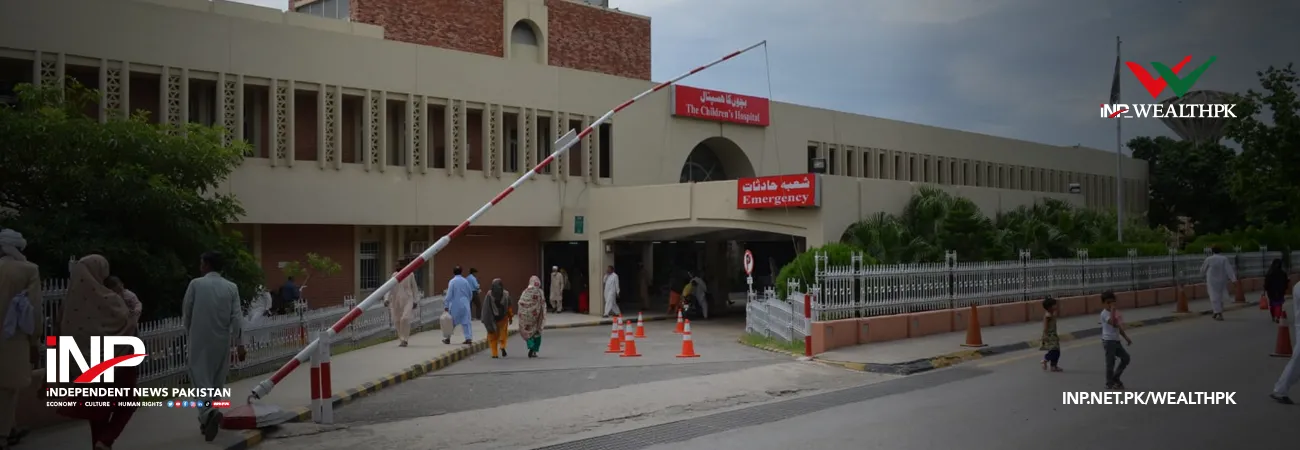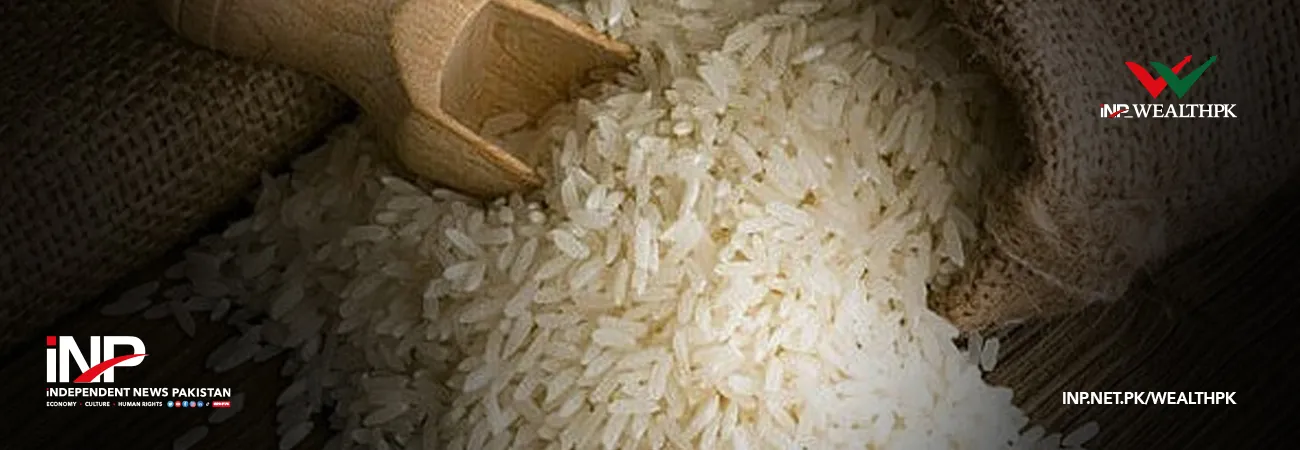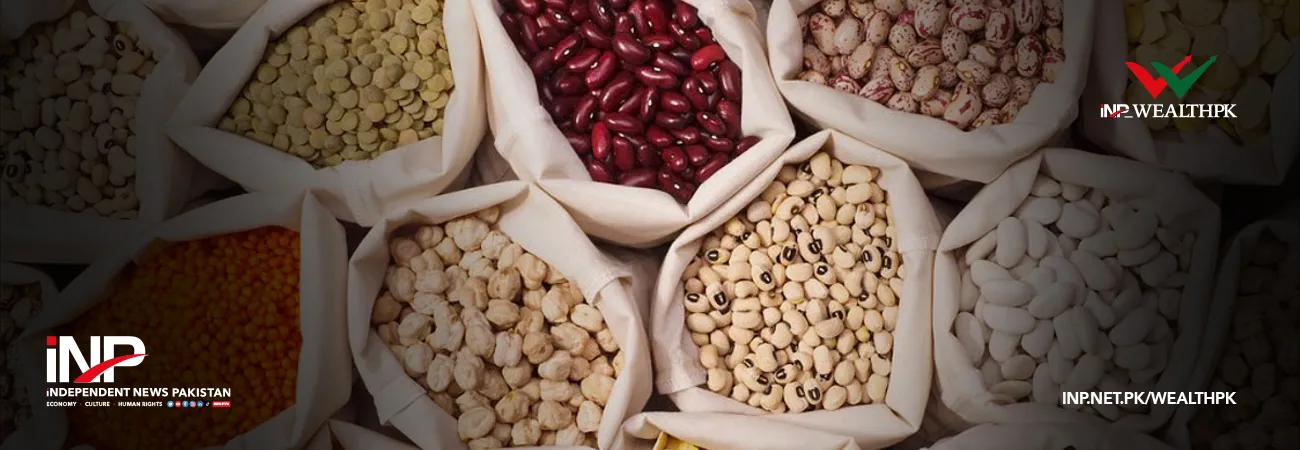INP-WealthPk
By Faiza Tehseen ISLAMABAD, May 09 (INP-WealthPK): The rivers in Pakistan are a rich source of gold and few other precious minerals. The country has a vast potential for their extraction through panning and mining but it remains untapped. Panning comparatively promises good economic prospects. Talking to WealthPK, Assistant Director Mining from the Geological Survey of Pakistan Yasir Shahen said, “Gold collection in every form i.e., placer gold to mining has been a source of sustainable livelihood. The gold collected from waterbeds is termed placer gold, while the form collected from deposits is called mined. There are two aspects of mining i.e., small scale and large scale. Small scale mining is mostly done by hand or by using hand shovels, and no licence is needed for it. However, for large scale or commercial mining by using heavy earth moving equipment, legal requirements have to be met. The gold used in Egyptian pyramids was panned from the banks of the Nile. In the sub-continent, gold is panned from the Indus (now in Pakistan) and Ganges River. Besides the local use, it was traded with the neighbouring countries to Roma. The famous statue of Priest King and its ornamentation was also fashioned from the gold panned from there.’’ Yasir said in Pakistan, from Mansehra to most Northern Areas, Kalabagh, Khunjerab Pass, Ladakh, Kashmir etc, river beds abound in gold particles. He said any person could be trained in panning gold in a very short time. He said there was a specific tribe called Sonewal/Mowaan in the areas of Bisham, Swabi, Hunza, Gilgit and Baltistan whose only profession is gold panning. Yasir said gold particles sink in the bed when a river loses its velocity at any place. i.e., the velocity of Kabul River drops when it falls from the mountains of Jalalabad to the down slopes of Warsak. The mass density of stone is 2.5 CC while of gold it is 9.3 CC. If floating granite rocks are found in water, it means that gold can be sieved from here. The ratio of gold panned from the Indus is about 2 to 5 ppm. Talking about gold deposits in Pakistan, Yasir said the iron ore associated gold (IOCG) deposits found in the surroundings of Chiniot, Faisalabad and Sargodha are rich in quantity. These deposits are in the form of patches consisting of areas of at least 500km². The largest deposits of gold and copper are found in Reko Diq, Saindak, Koh-e-Suleman, Dasht-e-Kain, Bancha, Koh-i-Sultan, etc, while the high altitudes of Skardu and other surrounding glaciers are exposed to exploration of gold and other minerals during May to September when the snowfall is not at its extreme. ‘’Reko Diq in Pakistan is the 4th largest gold and copper deposit. It is an extended volcanic caldera. Chagai deposits are not veins but solid mountain deposits. These deposits are richer in quantity than the finding ratio of minerals i.e., gold is found about 0.30 ppm and copper grade is about 0.38ppm. Total prospects of Chagai are 22 in an area of 100 sq km of which only four are operational. It means if we boost one of the largest mines from four prospects, one can imagine how much economic benefit Pakistan will get from all others. While 50 to 55 places are marked which are not officially announced as deposits”. In a discussion with INP-WealthPK, CEO Amna Gems and Jewellery Imran Babar shared, “Pakistan has generous sources from mountains to rivers and other earthen deposits. The gold found in Pakistan is almost of every type i.e., iron oxide copper gold ore, silver gold ore, gold sulphide ore, blue clay gold ore, Tellurium gold ore, gold in Arsenopyrite, granite ore gold and quartz gold ore. It is measured in ppm (parts per million).” “Our rivers are a sustainable source of livelihood concerning gold panning. The worst thing is lack of awareness and investment. It is very easy to make small processing plants and create thousands of jobs and save hundreds of tonnes of pure gold annually from the river banks,” he said. “All of the glaciers found in Pakistan are full of gold. Ages-old black snow is blanketing huge deposits of gold and other precious metals. Rivers flowing from these glaciers bring these particles downstream. After digging, the sands of banks are processed to separate the microgram particles/nuggets of gold or other precious metals,” Imran further said. “Even many people still explore places to find them in old woods which were river banks long ago. A lot of unique types of gold are also found in Pakistan which are not named yet. Mostly, pure gold is obtained from the flowing waters. The foreign companies working in Pakistan are draining our precious sources. I myself can make a plant to process the Reko Diq deposit locally in Pakistan and there would be no need to bring any foreign investor,” he added. Imran said he had designed a lot of small solar panning plants to erect on the river banks only at a cost of 12000 PKR to 15,000 PKR to promote the SMEs as well. It will help provide a sustainable livelihood for the people living across such placer gold belts. “Panning equipment is costly too. Its price starts from 17000 PKR. Being the best electricity conductor, gold is used in almost all types of high-quality electronics. It is used in ICs, cell phones and computer boards, medical equipment, medicines, cosmetics and battery attachment catchers, among others,” he added. In a discussion with WealthPK, a local gold refining expert Sajid Mahmood Gauri from Bhalwal Old Saraf Bazaar, said, “A lot of people earn their livelihood by refining gold after smelting. They collect it from multiple sources i.e., water banks, dust from jewellers’ markets, etc. It is a sensitive job. The government must arrange training programs for such SMEs to decrease unemployment. In addition, the price of equipment and material must also be promoted.” Talking to INP-WealthPK, Raja Junaid, a mobile phone accessory seller, said, “Totally wasted cell phone boards are resold to refine the metals used in them. Mostly copper, gold and lead are extracted from them. Gold and copper are found in comparatively better quantities. The problem is that training is needed to extract such materials which can be a good source of income for a large number of unemployed people.”








